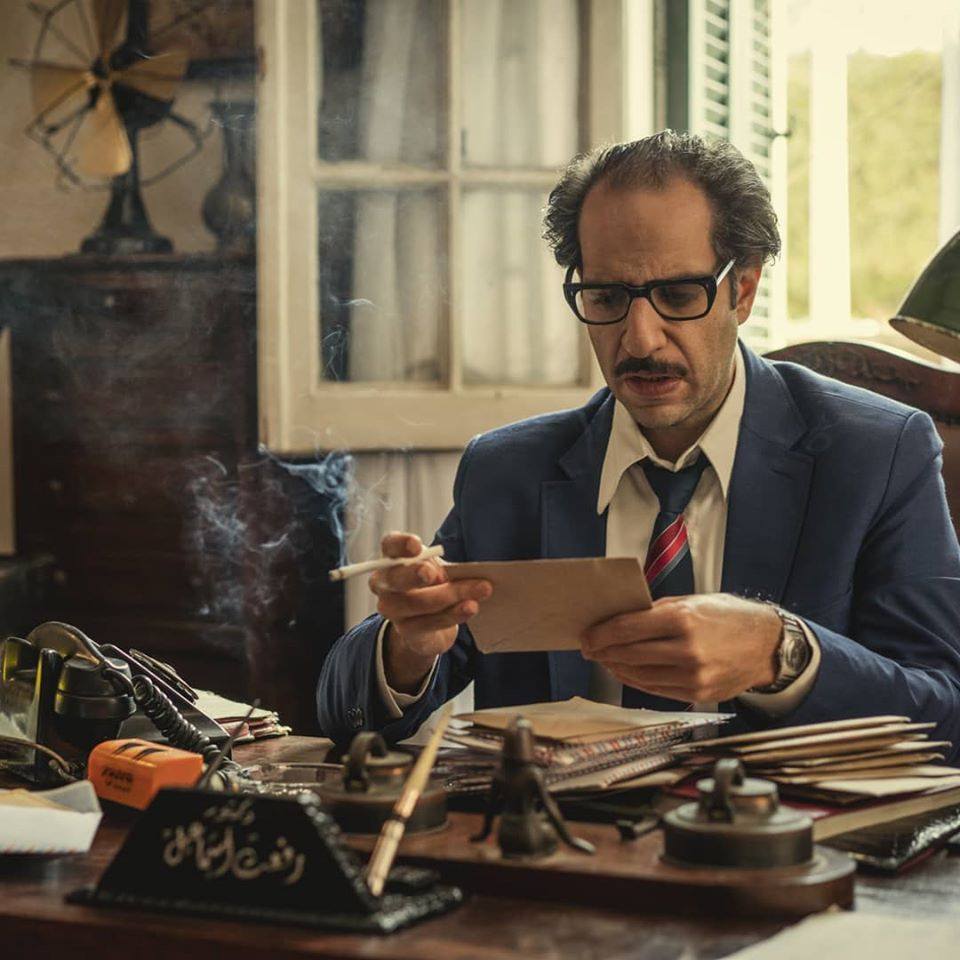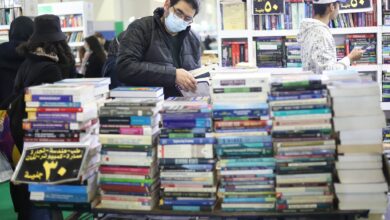Novelist and essayist Ahdaf Soueif is commonly known as the Egyptian author who writes in English. Curiosities about being a native Arab whose creative writing unfolds in English are inexhaustible.
But Soueif pushed the question aside at her recent lecture, which was part of the In-Translation series hosted by the Center for Translation Studies at the American University in Cairo. Instead, she revisits her works, both fiction and essays, and retraces the translation strategies in use when writing about Arab and Egyptian lives in English.
Samia Mehrez, professor Arab and Islamic civilizations and director of the Translation Studies Center, invited Soueif to speak about the author as translator and hence to tap into the creative use of language at the intersections of many cultures.
Soueif starts by settling the issue of why she writes in English, giving a narrative consistent with her many previous responses to this question. “I never meant to write in English. I assumed that one day I would write stories. And then, without thinking about it, I assumed I’d write in Arabic,” she says. “But when the day came and I finished my BA, MA and PhD in English, I turned to writing. I surprised myself by being unable to write narrative in Arabic. My Arabic continues to be good for writing a report, or a letter, but it was clearly not doing what I wanted it do when it came to writing fiction.”
Mehrez forges a conversation with Soueif, whereby she asks her to depict what is it that she was trying to translate into English as an Arab author. “Do you think that the role of translator has become a self-imposed one? Is this role constraining for an author?”
Soueif responds to those questions and others by reading excerpts of her works. “When the scene was a dialogue, if the characters were Egyptian or Arab, I could hear them speak in Arabic in my head and hence there was a beat for translation,” she says. “It’s an automatic process. I didn’t think about the translation strategies in theoretical terms. I was writing a story and those characters were speaking. They needed to be sounding authentic, real and alive and that was what I was trying to do,” she says. And then she reads an excerpt from one of her short stories and makes us listen to the Arabic vernacular through her English words.
And then she moves to her first novel, In the Eye of the Sun (Anchor, 2000), in which the central character is an Egyptian who studies English literature and goes to the United Kingdom to pursue a PhD about metaphor in poetry. She reads excerpts in which this character is asked to attend a linguistics seminar and to produce sounds to do with her language. She tries up to a certain point after which she is blocked. “In the Eye of the Sun problematizes issues relating to language,” she says. She then reads us excerpts in which this character sees a letter in Arabic and translates it impromptu to her English lover, removing some cultural specificities in the process and hence denying him access to the language.
She goes on to show how in her second novel, The Map of Love(Anchor, 2000), language takes center stage. “For me it moves from how to make your characters authentic to what are the politics of representing a language and the politics of reception and the strategies you need to follow. It became quite crystallized in The Map of Love,” Soueif maintains.
When Soueif translated Mourid Barghouthi’s seminal work I Saw Ramallah(Anchor, 2003), she further deliberated on the question of the author as translator, by essentially being the translator in the relationship. She walks us through the process. “Reading bits of the text then turning to the laptop to translate them was very awkward. So I got a dictating machine. I would hold the book, my eyes would be reading in Arabic and I would be speaking in English in the recorder. That was transcribed later and then I edited it twice. I felt it was a truer translation, more immediate as I was allowed to flow. I allowed the text to go through me.”
Soueif she also writes about Egyptian society and politics in Western media. She reads excepts of an article she wrote to the Guardian about the protests in Cairo in 2005, whereby she translated the Arabic chants to English, while keeping with of the rhyme and rhythm. “Askar, askar, askar leh, ihna fe segn wala eh?” read as “Guards, guards, guards, why? Are we in a prison or an open sky?”.
Soueif’s talk concluded the In-Translation lecture series which has been running for the last few months. It emanates from her interest to create a public debate around translation and translation studies. “Translation Studies is a fairly new academic field with international and interdisciplinary thrusts and implications. It orients itself toward traveling across traditional academic disciplines to create transnational communities and cross-cultural conversations. Today interest in the field of translation and translation studies has never been stronger,” she says.
Soueif’s representation of her work through the lens of “the author as a translator” is only testament to the richness of this field.




